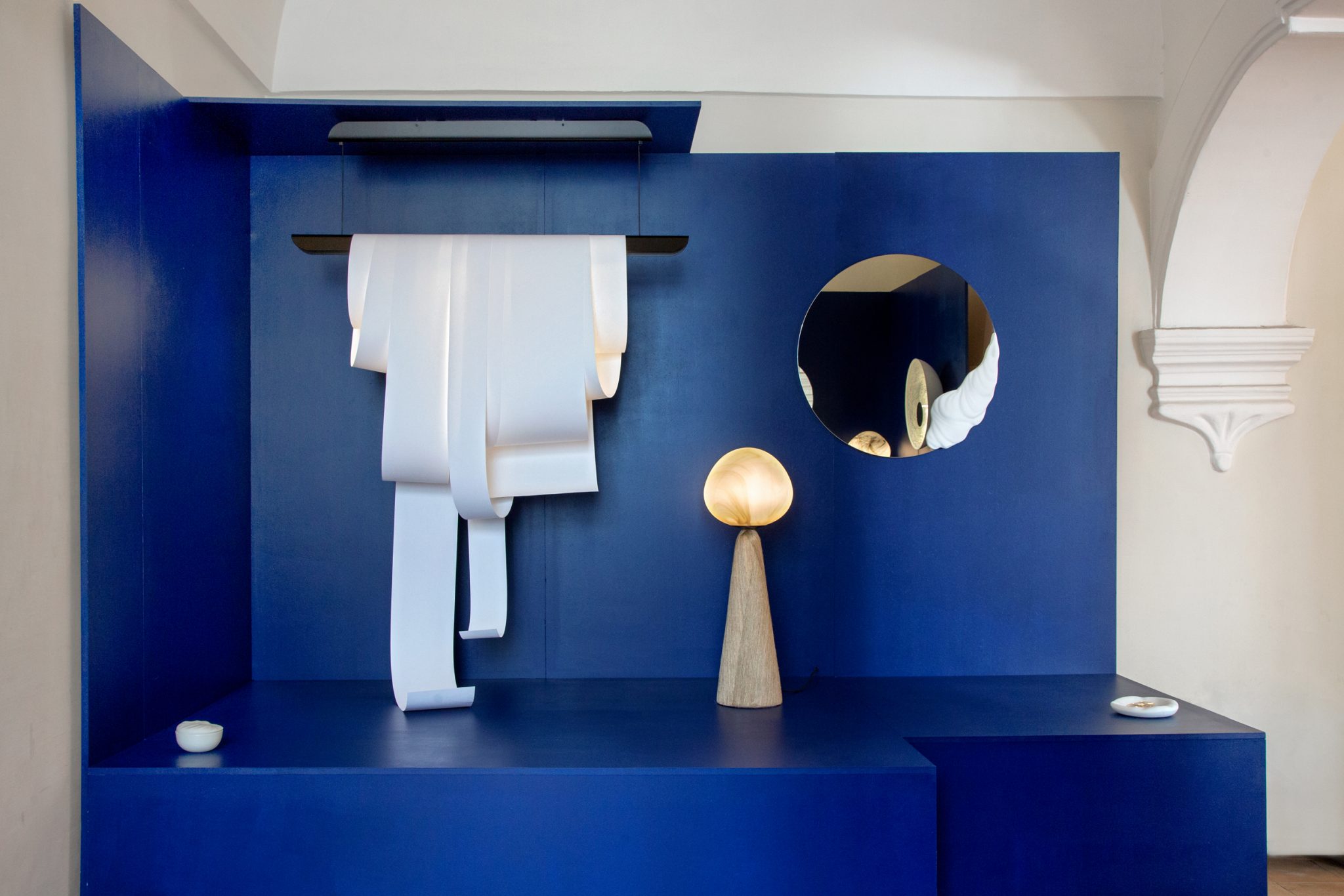Edit Napoli
Discovering southern Italy's intimate, new design fair

The first edition of EDIT Napoli design fair took place last week in summery Naples, taking over the 13th century church complex of San Domenico Maggiore in the heart of the historical city centre. Conceived by design historian and curator Domitilla Dardi and entrepreneur Emilia Petruccelli, EDIT fills a gap in the global design fair network, promoting designer-makers who sidestep the industry by going solo on all aspects of production – from conception and fabrication to branding and distribution.
Dardi and Petruccelli wanted to put together a new kind of event that wasn’t dispersive, addressing the quality of the work exhibited with a strong emphasis on curatorship. Contrary to other fairs, EDIT feels intimate and thoughtful, following a trend in the contemporary art world for boutique events. Instead of glamorous settings and over the top stands, a particular attention has been given to making connections amongst exhibitors, which in turn has allowed the birth of some notable collaborations.


Particular attention has been given to making connections amongst exhibitors, which in turn has allowed the birth of some notable collaborations
The choice of Naples as a venue is quite symbolic. For historical, cultural and even climatic reasons, the Parthenopean city is in clear contrast to northern Milan, the undisputed design destination in Italy. “Naples has always been a city open to the world, with a vocation for listening. It’s a city that has never interrupted its creative and productive relationships thanks to its industries,” said Dardi.



EDIT’s success relied heavily on the city’s identity and its tradition in craftsmanship, as well as its role as a Mediterranean harbour. Amongst the foreign exhibitors quite a few came from Lebanon including Nayef Francis, who presented woven lamps made of beech wood and wicker. Other highlights included Dutch designer Dirk Vander Kooij’s signature furniture pieces made of recycled materials including the lauded Meltingpot Table, created by heating and pressing together discarded 3D prototypes. Slovenian talent Nika Zupanc’s tongue-in-cheek take on design and femininity was on display with a new, cylindrical cabinet holding countless tiny drawers while historic manufacturer Bitossi showed ceramics by Benjamin Hubert and Formafantasma.


Dardi and Petruccelli have also created a residency programme, connecting designers from different countries with local makers. Inspired by the Amalfi coast, New York-based artist Reinaldo Sanguino partnered with Ceramiche Fes to create new ceramics with age-old techniques; the Italian design duo Faberhama, based in Amsterdam, worked for the first time with silk weavers; while Lebanese Khaled El Mays created a series of modern stools with artisans from the Spanish Quarters in Naples.
Dardi sums up EDIT’s first outing: “We wanted to create a receptive context for everyone, from the exhibitors to the public.”



